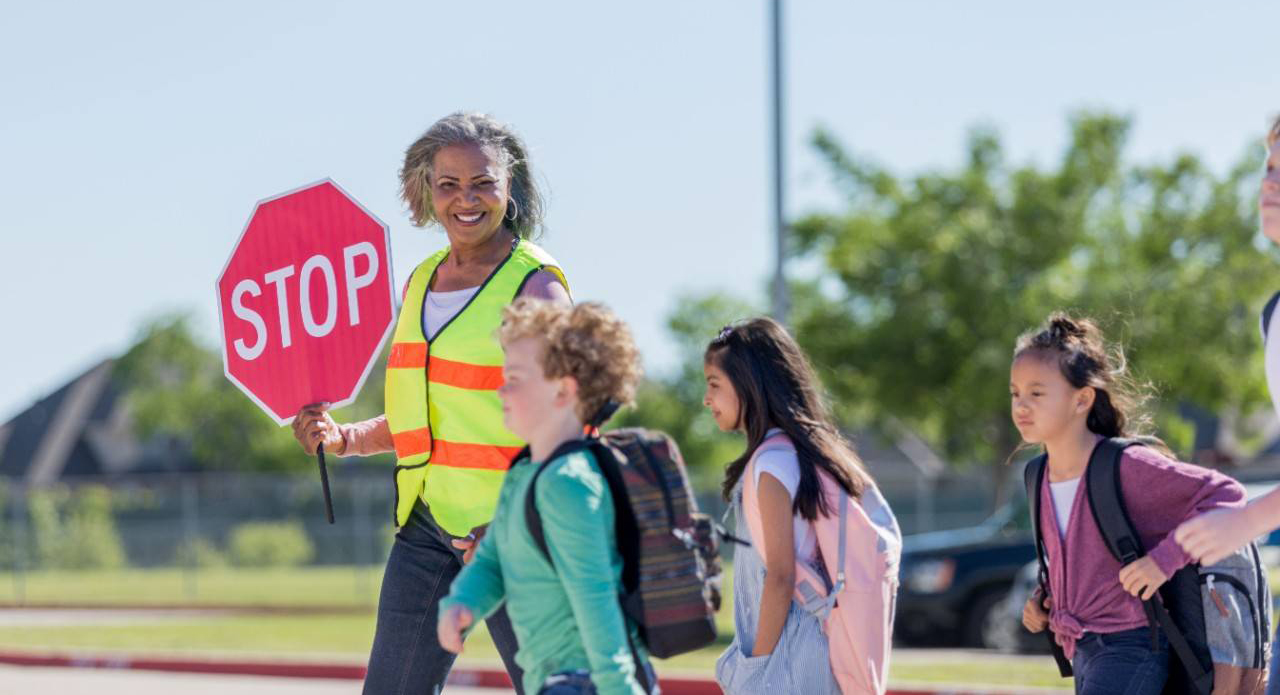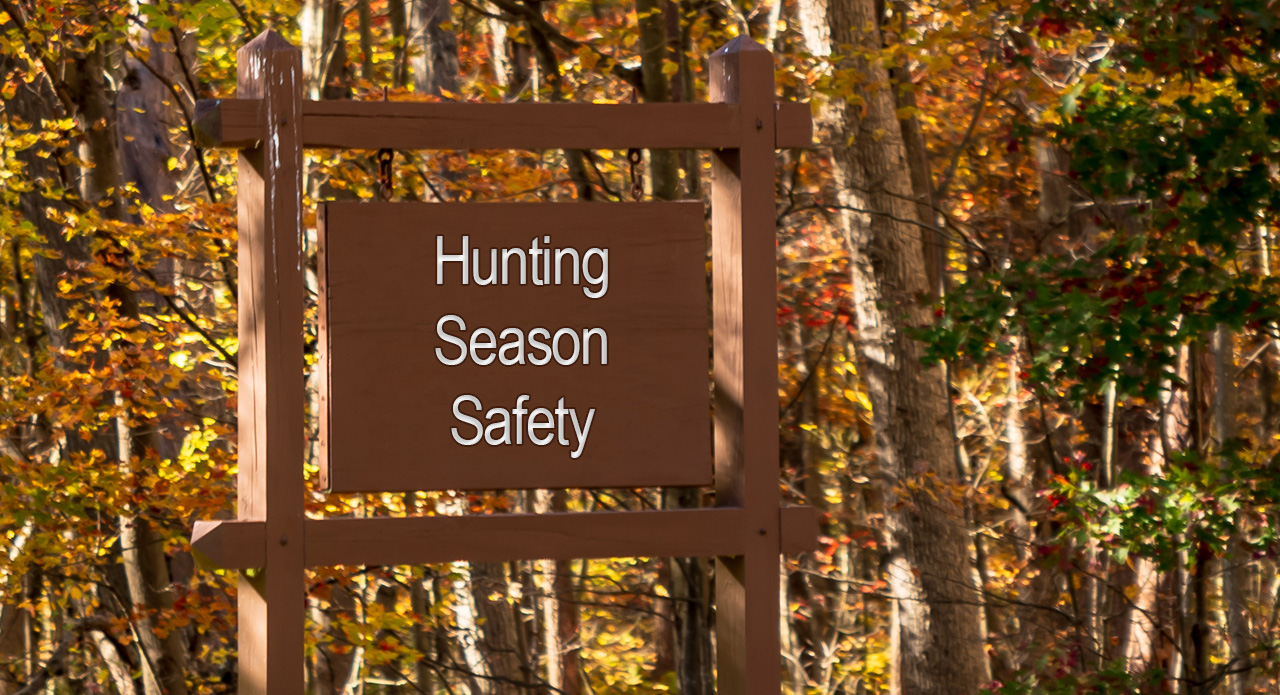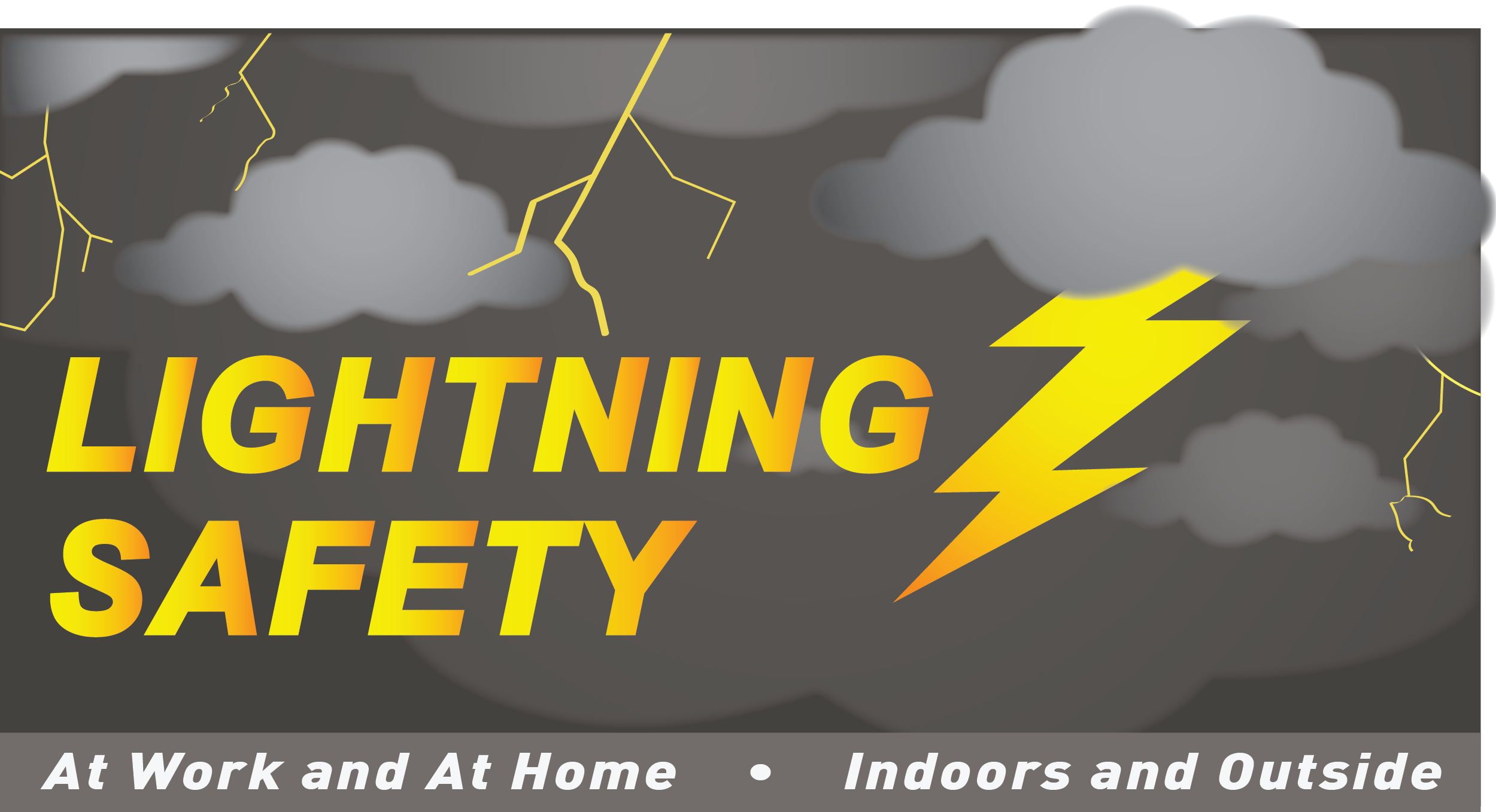Back-to-School Safety Tips for Families

Back-to-School Safety Tips for Families
Source: redcross.org
As the new school year begins, it is important for parents, students, and drivers to work together to ensure children travel safely to and from school. Safety should be a top priority, whether kids are walking, biking, riding the bus, or being dropped off by car. By staying alert, following traffic laws, and practicing safe habits, we can help protect students and create a safer environment for everyone during busy school hours.
Safety for Young Children
If your child is heading to school for the first time, take time to review these basics:
- Make sure they know their home address, phone number, and how to reach a parent at work or another trusted adult.
- Teach them how to call 911 in an emergency.
- Remind them never to speak with strangers or accept a ride from someone they don’t know.
Walking to School
Students who walk should:
- Use sidewalks whenever possible. If none are available, walk facing traffic.
- Stop and look left, right, and left again before crossing the street.
- Cross only at corners or marked crosswalks and follow traffic signals.
- Never run into the street or cross between parked cars.
Riding the School Bus
For those who take the bus:
- Arrive at the bus stop early and wait a safe distance from the curb.
- Only board once the bus has completely stopped and the driver says it’s safe.
- Always ride their assigned bus and never an unfamiliar one.
- Stay visible to the bus driver and avoid walking behind the bus.
Biking to School
Students who bike should:
- Always wear a properly fitted helmet.
- Ride on the right-hand side of the road, moving in the same direction as traffic.
Riding in the Car
If you drive your child to school:
- Make sure everyone is buckled up every trip.
- Children ages 8–12 (or under 4’9”) should use a booster seat until the seat belt fits properly.
- Kids should ride in the back seat until they are at least 13 years old.
Teen Drivers
If your teenager drives to school, remind them to:
- Always wear a seat belt.
- Never text, make calls, or eat and drink while driving.
Cell Phones and Safety Apps
If your student has a phone, consider downloading free Red Cross First Aid and Emergency Apps at redcross.org/apps so they can access safety tips and severe weather alerts when needed.
A Reminder for Drivers
As school starts, roads become busier with children walking, biking, and riding buses. Drivers should:
- Slow down in school zones and near bus stops.
- Know that flashing yellow lights on a bus mean it is preparing to stop.
- Stop completely when red lights are flashing and the stop arm is extended. This means children are getting on or off.
- Remain stopped until the lights stop flashing, the stop sign folds back, and children have reached a safe location.
Remember: This applies to both two- and four-lane roads, unless lanes are divided by a physical barrier such as a grassy median or guardrail.
Related News
Get in Touch
Interested in Partnering or Joining Our Team? Connect with us to explore opportunities for collaboration and career growth at Brayman Construction.






